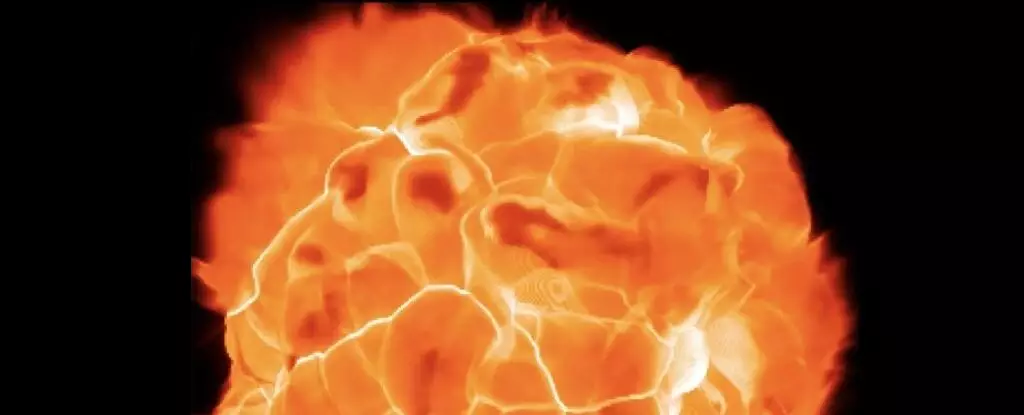Betelgeuse, also known as Beetle-juice or Betel-gurz, has captured the fascination of amateur astronomers for many years. Whether you pronounce it one way or another, this red supergiant variable star in Orion has always been a prominent figure in the night sky. With its unexpected dimming in recent years, Betelgeuse has attracted even more attention from the scientific community.
Recent research has shed light on the possible cause of Betelgeuse’s variability. A new paper suggests that a companion star with a mass of 1.17 solar masses could be responsible for the star’s unusual behavior. This companion star would need to be in orbit around Betelgeuse at a distance approximately 2.43 times the radius of the red supergiant. The presence of this companion star could lead to the modulation of dust in the region, causing the variations in brightness that we observe.
The Stellar Giant
Betelgeuse is one of the brightest stars visible in the night sky, situated prominently at the upper left of the Orion constellation. It is often referred to as the shoulder of the hunter, although some translations amusingly suggest it represents ‘the armpit of the giant.’ With a radius about 1,000 times that of the Sun, Betelgeuse is truly a stellar giant. Located approximately 642 light years away from Earth, its luminosity is estimated to be around 100,000 times greater than that of the Sun.
The Great Dimming
In the past five years, Betelgeuse has undergone a period of unexpected dimming that puzzled astronomers. Referred to as ‘The Great Dimming,’ this phenomenon occurred towards the end of 2019 and returned to normal in the first half of 2020. The dimming was attributed to a dust cloud that temporarily obscured the star’s brightness, leading to a decrease in luminosity. This event caught the attention of the scientific community and sparked further investigation into the nature of Betelgeuse’s variability.
Betelgeuse displays a Long Secondary Period (LSP) of approximately 2,100 days, adding to its complexity as a variable star. Stars in the Red Giant Branch often exhibit similar secondary periods, ranging from a few hundred days to several thousand. The mechanism behind the LSP remains unknown, with theories suggesting it may be linked to the pulsation of the star’s outer layers. This could indicate that Betelgeuse is larger than previously thought and may be nearing the end of its evolutionary path towards a supernova explosion.
One intriguing proposal put forward by researchers is the existence of a low mass companion star, named Ori B, orbiting Betelgeuse. This binary system could be responsible for modulating the dust surrounding Betelgeuse, leading to fluctuations in brightness when the companion star is in transit. Confirming the presence of Ori B would revolutionize our understanding of Betelgeuse’s evolution and variability. While Betelgeuse is expected to go supernova in the future, the discovery of Ori B as a potential cause for the star’s variability suggests that this event may be further delayed than previously anticipated.
The mystery of Betelgeuse’s dimming continues to captivate astronomers and stargazers alike. With ongoing research and new discoveries, we inch closer to unraveling the secrets of this enigmatic red supergiant and understanding the intricate dynamics that govern its variability in the night sky.


Leave a Reply